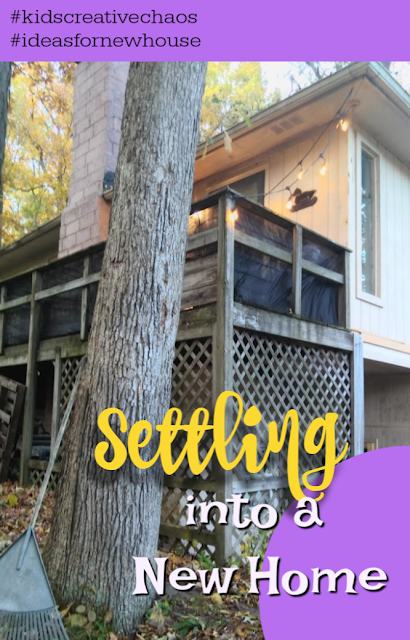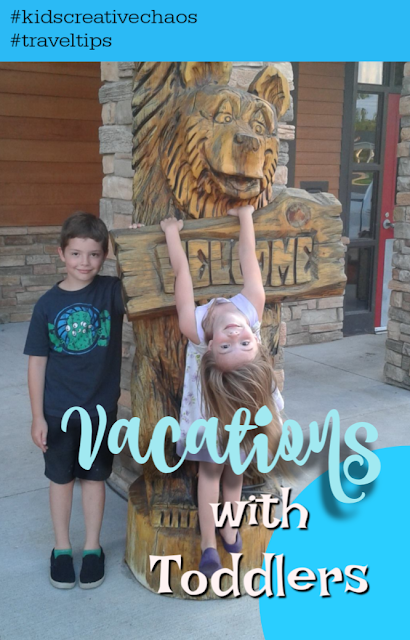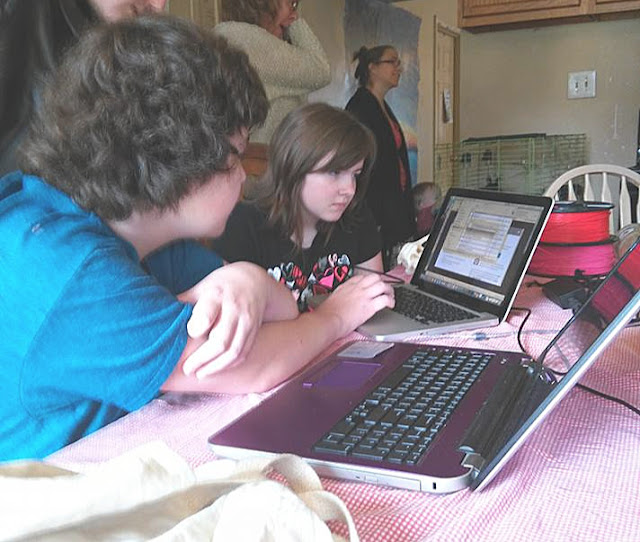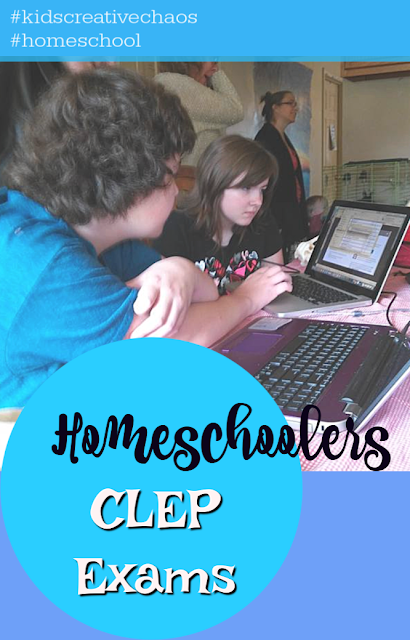Where do you go to get Early Childhood Education Training Online?
As a childcare provider, early education teacher, and summer camp director, I know how important continuing education and professional development is to childcare programs. There’s always something new to learn, new milestones to meet, and new knowledge to obtain. As an owner/operator of a school-age summer camp program, I want my staff to have a wide range of childhood development knowledge. Obtaining certification in early childhood education can improve your earning potential in the childcare profession.
This post contains Amazon Affiliate links.
Personally, I’ve taken many courses online and offline receiving certificates and credits toward my ECE (Early Childhood Education Certification.) ChildCare Education Institute offers certificate programs and coursework that meets the requirement for national credentials including the CDA. CCEI also has online certification programs for Director and Early Childhood Credentials. CCEI, a Council for Professional Recognition CDA Gold Standard™ comprehensive training provider, is nationally accredited by the Distance Education Accrediting Commission (DEAC) and is accredited as an Authorized Provider by the International Association for Continuing Education and Training (IACET).
I recently was given the opportunity to enroll in some of their courses in exchange for a review. All opinions are my own.
Many early childhood and school age programs require a certain number of continuing education courses each year. The courses are also a great resume builder for anyone who wants to become a professional child care provider.
As a homeschool mom, education blogger, and summer camp provider, I want to keep up on the latest information in child care. So, when CCEI asked me to do a review, I jumped at the chance to look through the course offerings and take and earn a certificate.
I’ve completed my certificate for Attention Deficit Disorders by taking this course: Attention Deficit Disorders: Course ID: SPN102 Course Level: Beginner Course Hours: 1
I’ve had some prior course work and even written about ADD and ADHD on my blog and on other education websites. However, this course was very informative, I even discovered some new methods for dealing with behavior problems.
The course took about an hour to complete and came with a printable study guide handout. At the end of the course, I took an exam and earned a course certificate which will fulfill continuing education needs.
It was easy to navigate through the CCEI course. As I was taking the class, I was able to scroll forward or backward as needed. At the end of the class, you’re given several questions for review before allowed taking the final exam. The review is designed to help you prep for the test.
With my prior experience, I knew many of the answers already, but there were a couple that I missed. When you miss a review question, the program takes you back to the place in the lesson where the information can be reviewed again before the test.
If you score poorly on the exam, you are allowed to take it again. So, there’s no need to be nervous. Earning your certificate online is easy and won’t take up too much of your time. With most courses taking about an hour, you can easily fit them into your busy schedule.
As a participant in the CDA Gold Standard℠ pilot, ChildCare Education Institute successfully demonstrated that its early childhood education training is based on the Council’s three industry-leading principles:
- Alignment with the CDA formal education coursework found in the CDA’s Eight Subject Areas.
- Sound business policies and practices.
- Quality student services that meet their educational and professional needs.
CCEI offers the following CDA certificate programs:
- Instructor-Supported CDA Certificate – English
- Instructor-Supported CDA Certificate – Spanish
- Self Study CDA Certificate
- CDA Credential Renewal Certificate – Infant-Toddler
- CDA Credential Renewal Certificate – Preschool
- CDA Credential Renewal Certificate – Family Child Care
- CDA Credential Renewal Certificate – Infant-Toddler – Spanish
- CDA Credential Renewal Certificate – Preschool – Spanish
- CDA Credential Renewal Certificate – Family Child Care – Spanish
CCEI currently offers a general Child Care Orientation Certificate, a Diversity and Multiculturalism Certificate, and a CCDBG Health & Safety Training for ECE Professionals in Nevada Certificate. CCEI’s Professional Development program acceptance varies with each state, so be sure that you know your organization and state’s requirements before signing up. Click here for more information.
As an added bonus to CCEI’s over 150+ online PD courses in English & Spanish, if you purchase a center-based annual subscription for your staff, you’ll have access to over 10,000 unique activities like the sampling above to implement in the classroom. An extra perk of learning with CCEI over others!
CCEI offers a wide array of courses for ECE staff and caregivers. I encourage anyone working with children to get their continuing education with CCEI. CCEI is convenient and easy to navigate, there are a wide array of classes, they offer classroom curriculum, and most classes take about an hour. If you’re a daycare operator, you’ll definitely want to take a look at the courses to implement continuing education for your staff.
Recommended:
Popular Preschool Activities from Kids Creative Chaos.


























